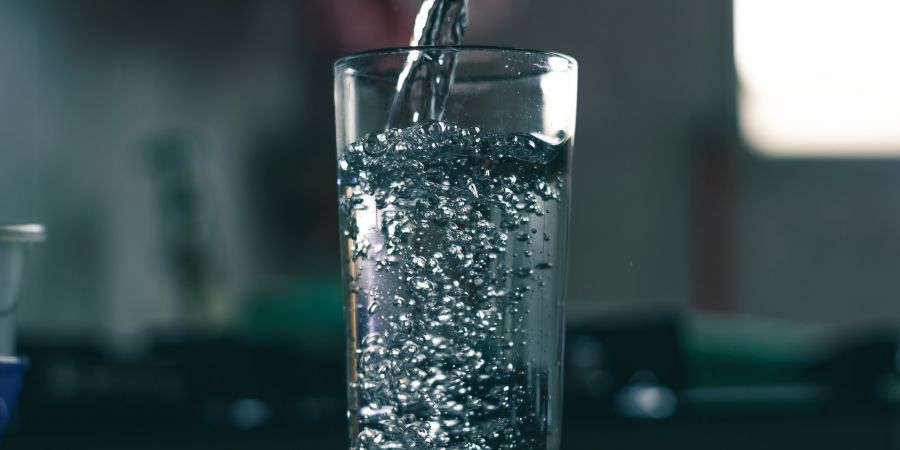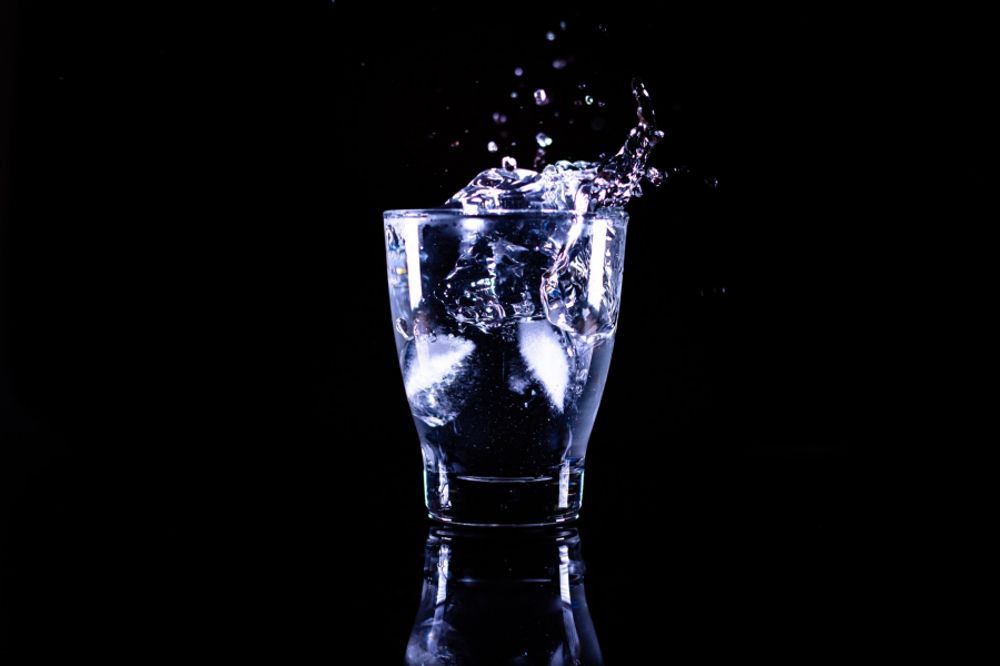

There is nothing else to drink than clean water. It benefits teeth, skin, weight management, and even the ability to think clearly. Water polluted with pathogenic bacteria, heavy metals, or other toxic substances, on the other hand, can cause diarrhoea, brain damage, infertility, and cancer.
Water quality is not guaranteed by bottled water. Not only is it not always clean, but bottled water is thousands of times more expensive than tap water, with significant environmental costs associated with the plastic packaging and transportation. Despite the critical need for clean drinking water and the numerous toxins that can contaminate it, there is no readily available way for anyone to do so easily, cheaply, and reliably.

Pregnancy testing was the same way almost 50 years ago. Women have the “right to know” if they are pregnant “with the least possible fuss and trouble in the shortest possible time,” according to early commercials for at-home pregnancy tests. This can also refer to the standard of drinking water. Since most people still find water safety tests to be difficult to use, the aim is to make them as simple to use as a pregnancy test so that they can be quickly deployed in households, day care centres, and schools. As professors at Northwestern University who research how to ensure water quality for everyone, we are focusing on democratising water testing by developing a new form of quick, affordable, and effective test for drinking water, as well as quantifying global water insecurity.
The aim is to make this new water test accessible to nonscientists in a format that is simple to understand, affordable, and provides results in under an hour for those who need them most. The technology isn't yet ready for commercialization; more work remains to be done to make the lead tests as user-friendly as possible. These sensors can be freeze-dried into tiny white clumps that are shelf-stable since they operate outside of cells. These sensors can detect water pollution with just a drop of water, so no complicated laboratory equipment is needed to use them.
With more analytes on the horizon, these tests will easily detect lead, copper, arsenic, and fluoride in water. To detect COVID-19 in sewage, Northwestern is collaborating with a spinoff company that one of us co-founded. Lead monitoring for the millions of Americans who live in areas with a lead service line piping water from the city into their homes may be one of the applications.
A variety of unseen and unmissable disasters have harmed global water quality: collapsing facilities, massive explosions, waste overflows, industrial runoff, and chemicals sprayed in unexpected areas. Given the serious consequences of drinking polluted water, reliable water quality information is essential for both action and advocacy. This necessitates the development of low-cost, fast, and reliable at-home testing methods that anyone can use.






